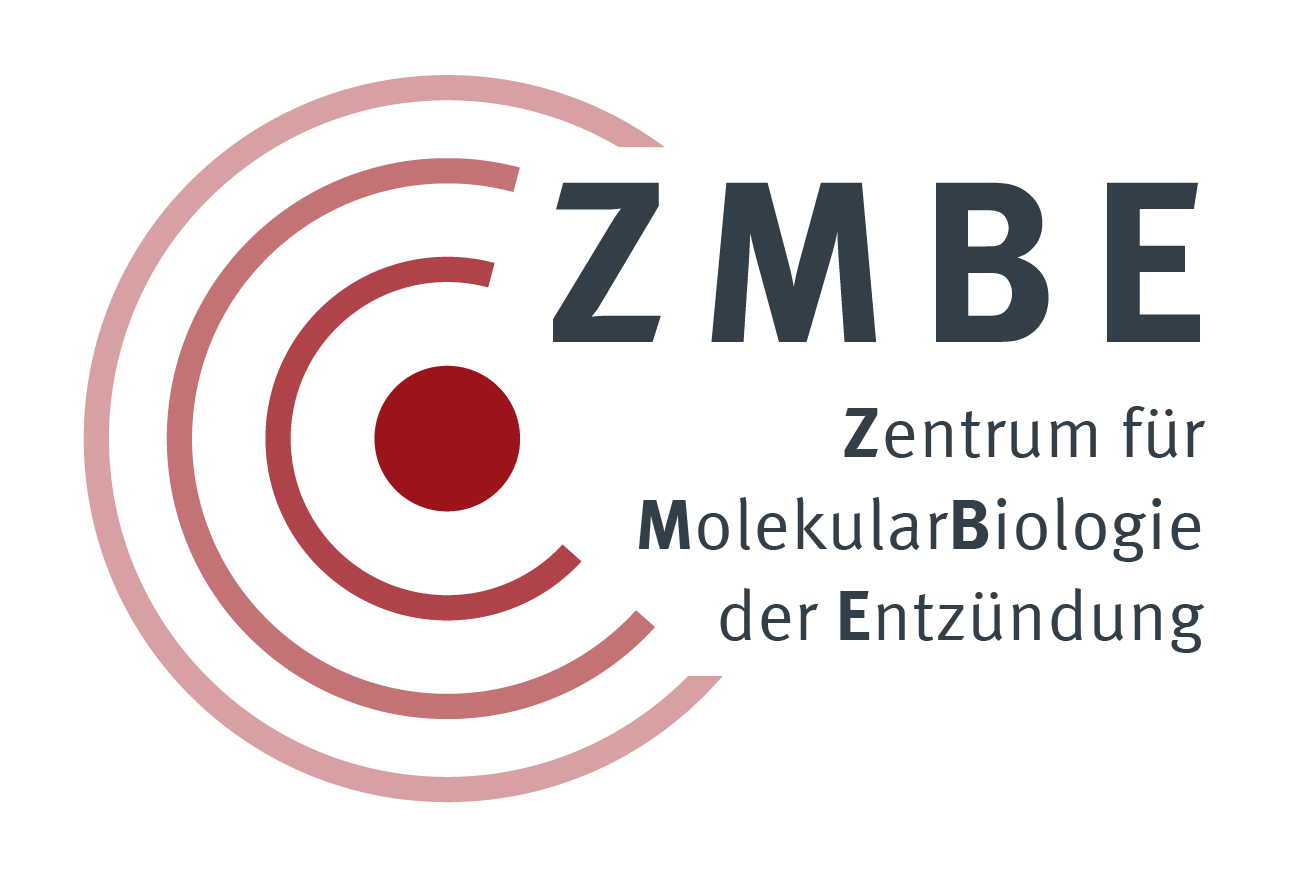Neutrophil evolution

Neutrophil granulocytes, the most abundant white blood cells in human blood, build an essential part of the innate immune system. They arise from stem cells in the bone marrow and are first in line to fight infection, which they migrate to by following chemical signals in the bloodstream. Their prime importance in life and health is indisputable. Although knowledge of functional and dysfunctional aspects of neutrophils is growing (Söhnlein and Lindbom 2010), little is known about their evolution. Comparative taxonomic analyses of early neutrophil evolution would help to better understand their function and development in today’s vertebrate species. Evolutionary medicine, the intersections among evolution, development, and health, is an attractive, growing discipline, e.g., using comparative evolution and current genomic variations to understand chronic inflammatory processes in mammals (Staub 2012). Three main strategies have been used to illuminate the evolution of neutrophil-associated genes: (1) Comparative phylogenetic analyses to identify chronological appearances of genomic novelties during neutrophil evolution. (2) Identifying traces of positively selected adaptive sites and purifying negatively selected changes to illuminate evolutionary forces exerted on genes. (3) Gene synteny to follow topographic distributions of orthologous genes on chromosomes and to trace the evolution of genome structure. Pinheiro et al. (2020) conducted the first preliminary study using strategies 1 and 3 to reconstruct the evolution of a small number of neutrophil-restricted genes; however, their basic phylogenetic tree shows limited resolution. In particular, the synteny analyses appeared to be highly problematic because assembly gaps were interpreted to be gene absences. Taking advantage of the combined expertises of the project leader and that of the host institute, we aim to resolve the evolution of 24 essential neutrophil-restricted genes involved in neutrophil biology and inflammatory processes; to examine issues of adaptive evolution and purifying selection along branches of the phylogenetic trees; and to reconstruct the synteny of these genes. The project will provide a basis for expanding our knowledge of neutrophil biology and health beyond the mouse model system to a variety of other vertebrates and yield a deeper understanding of neutrophil function.


